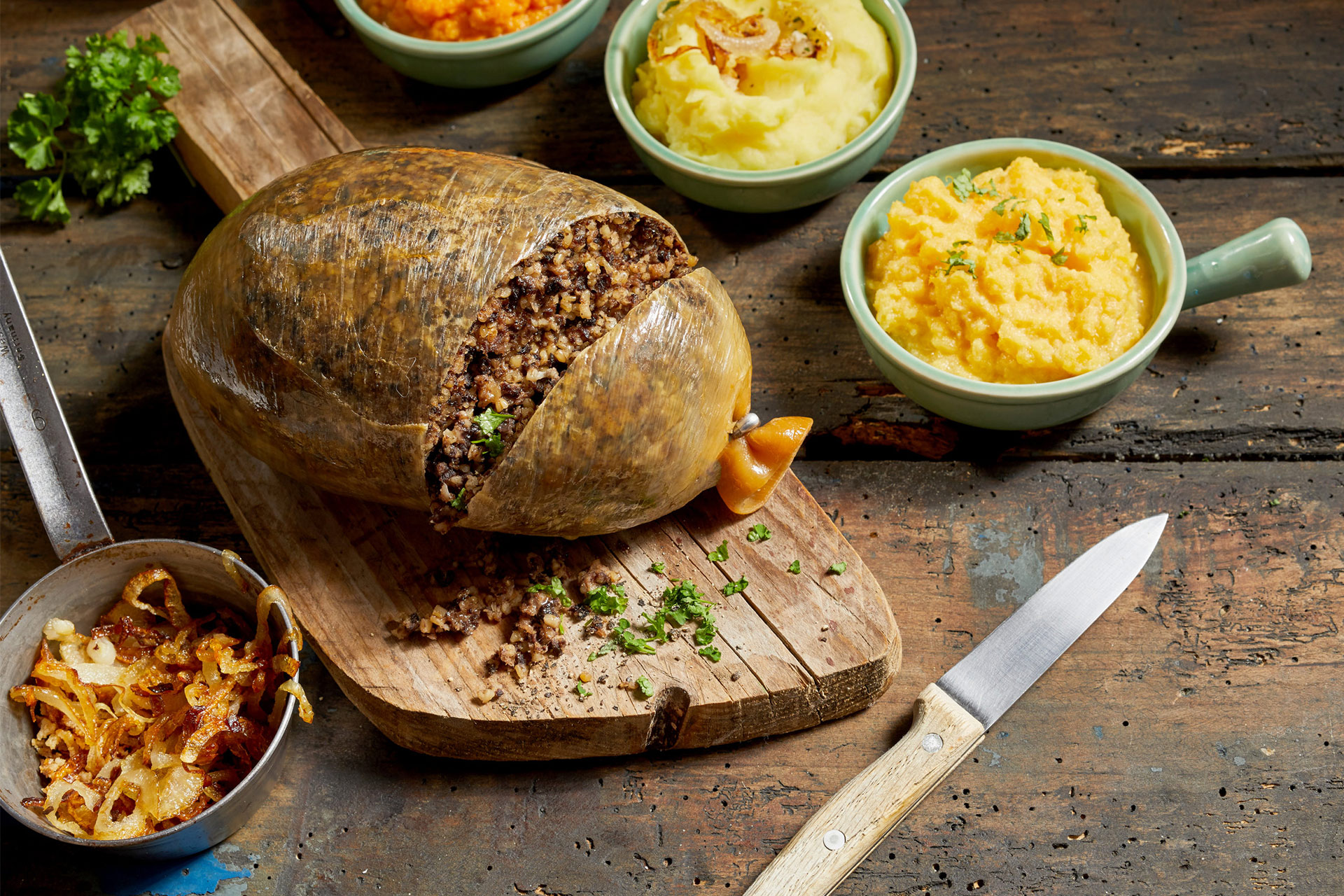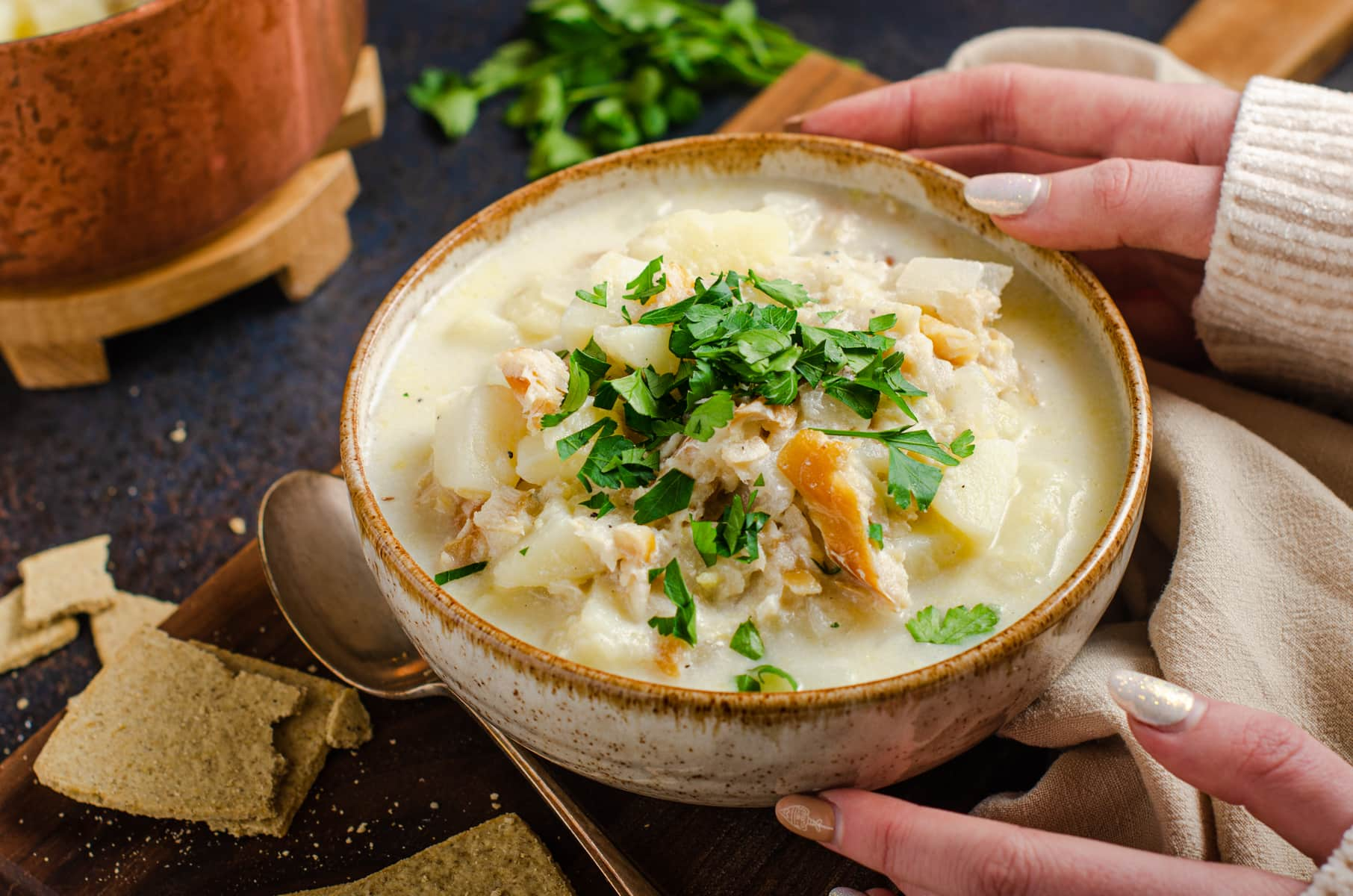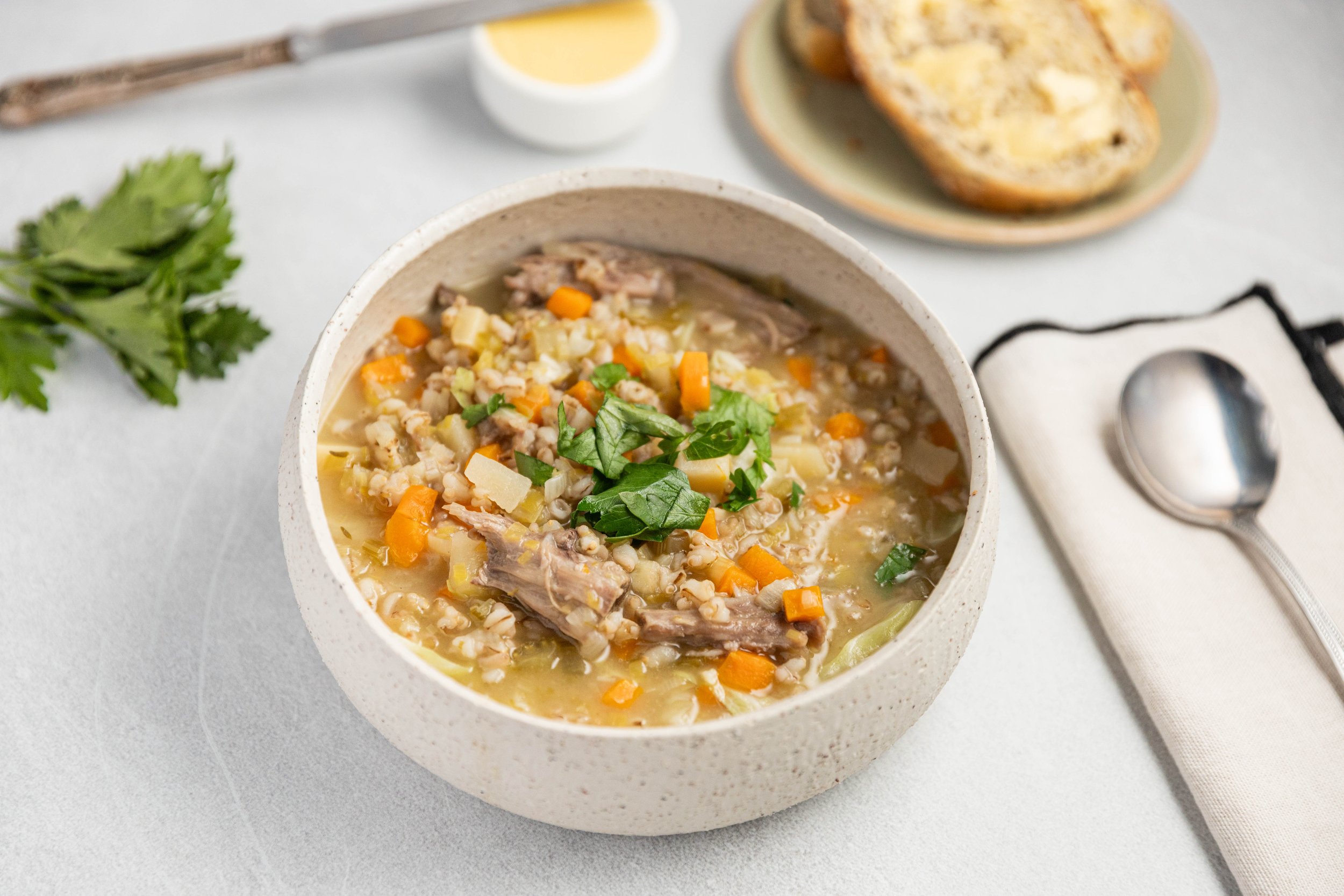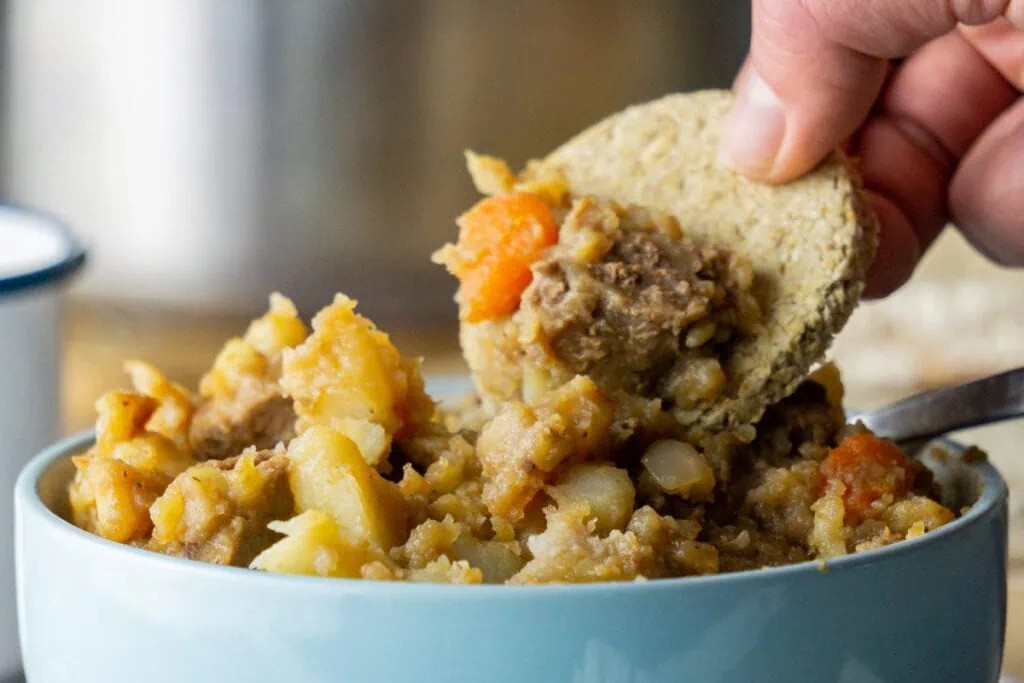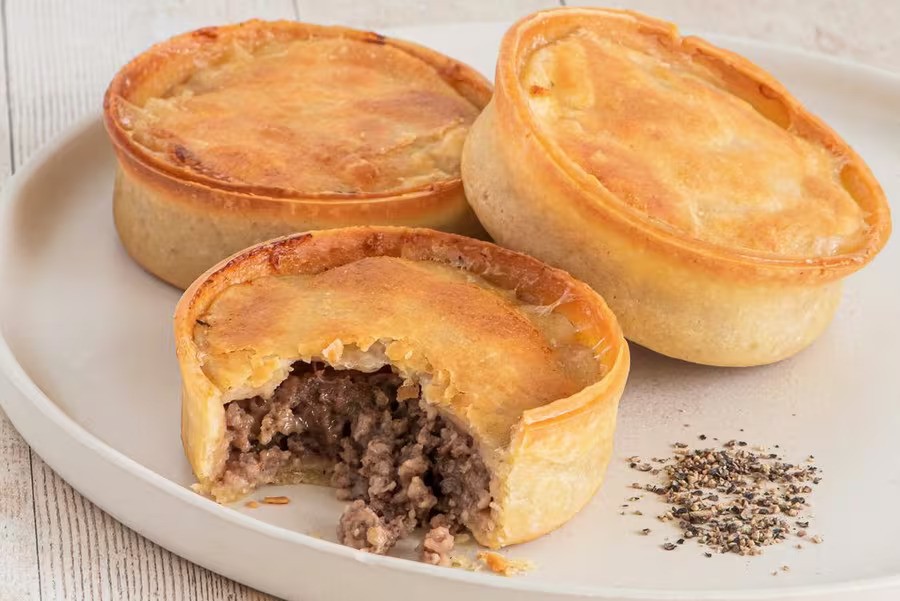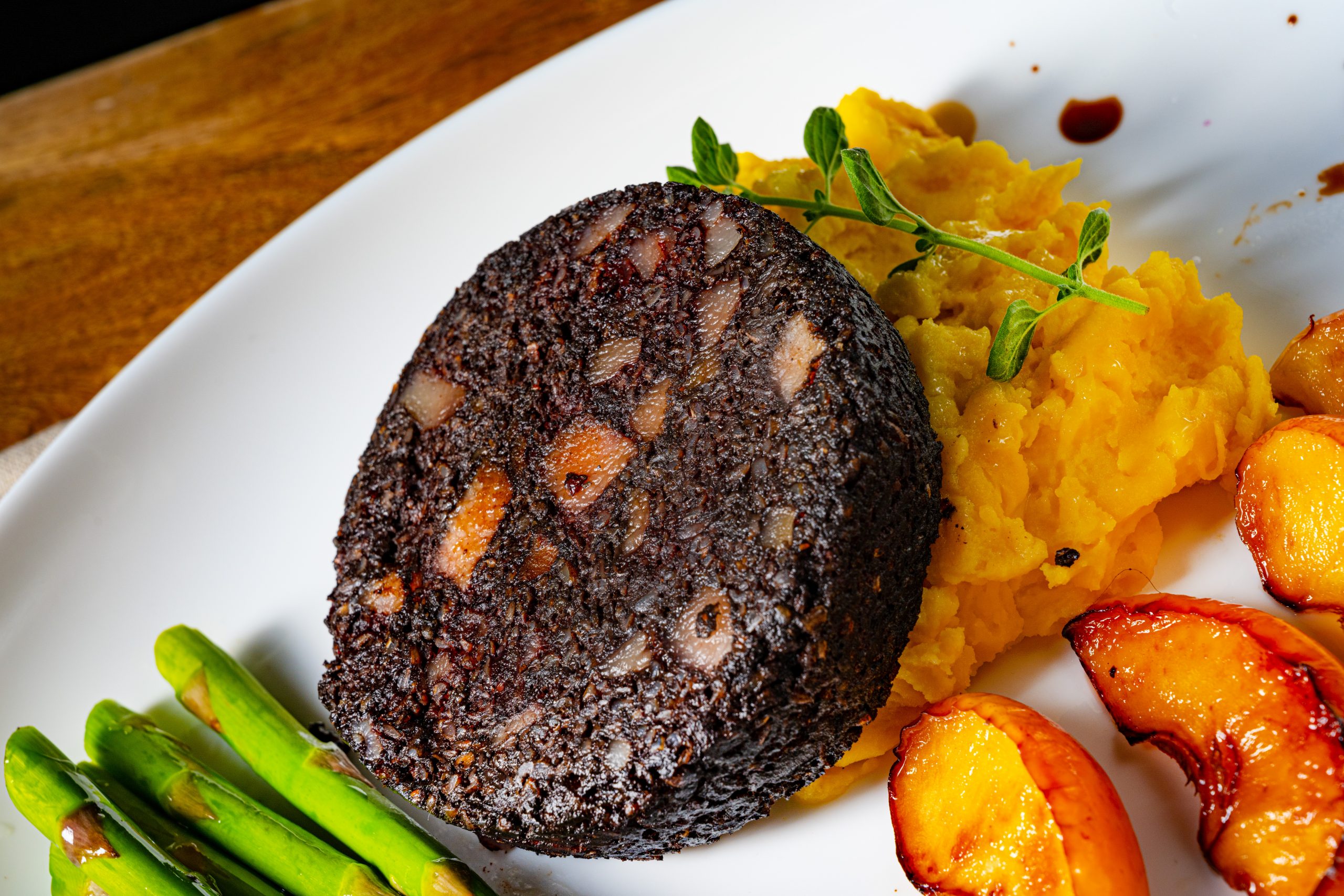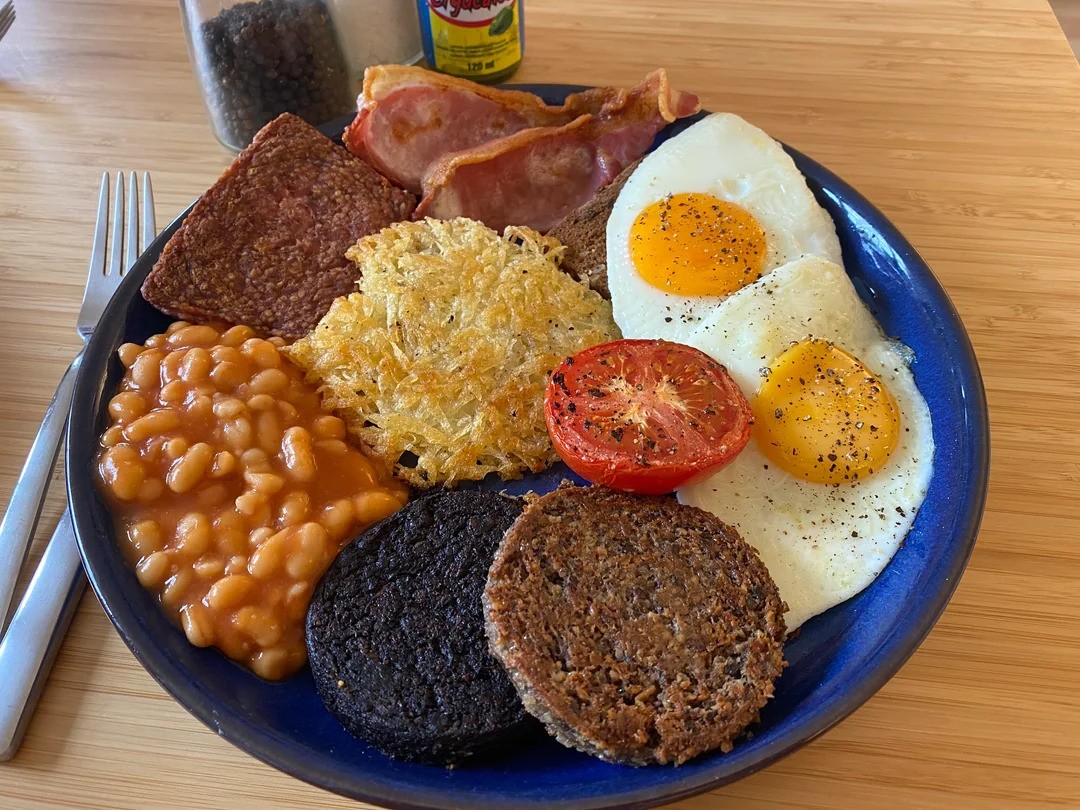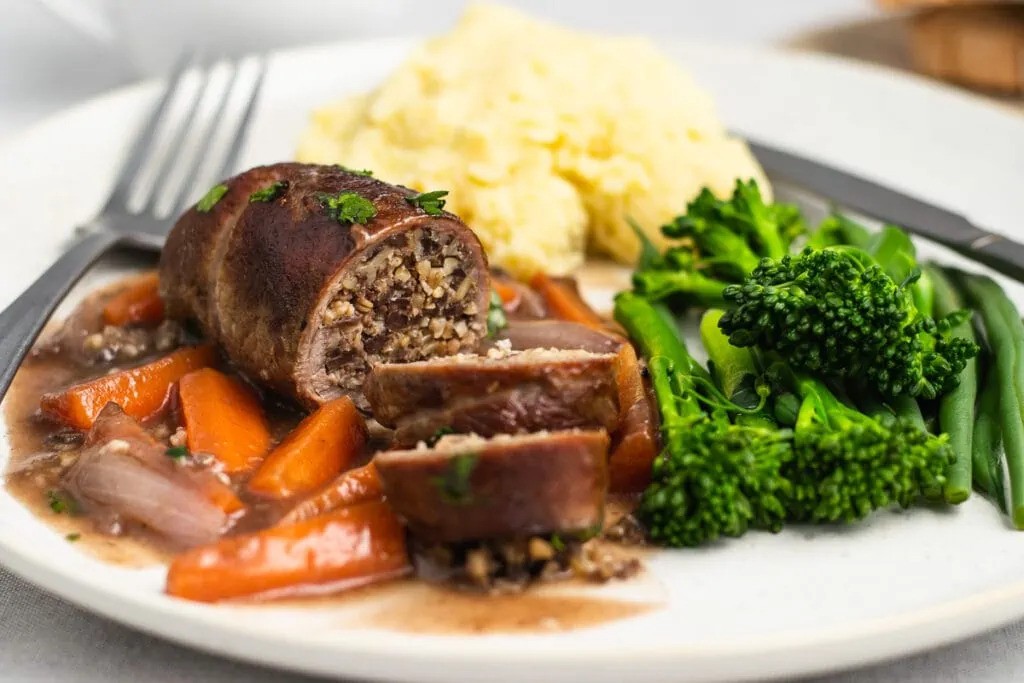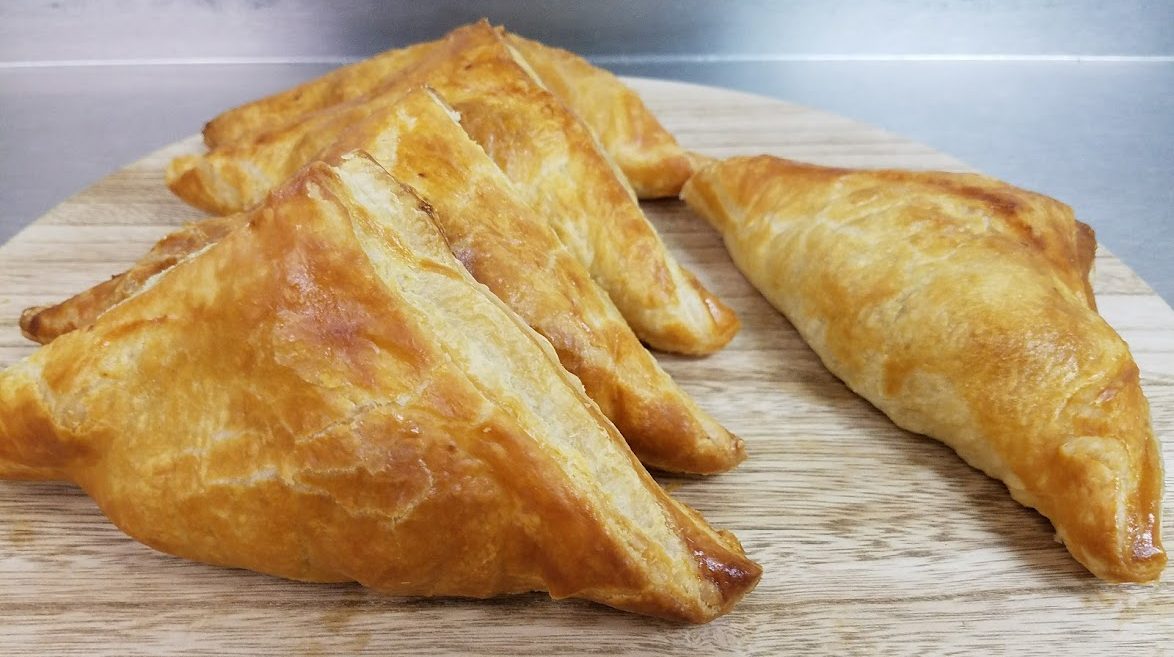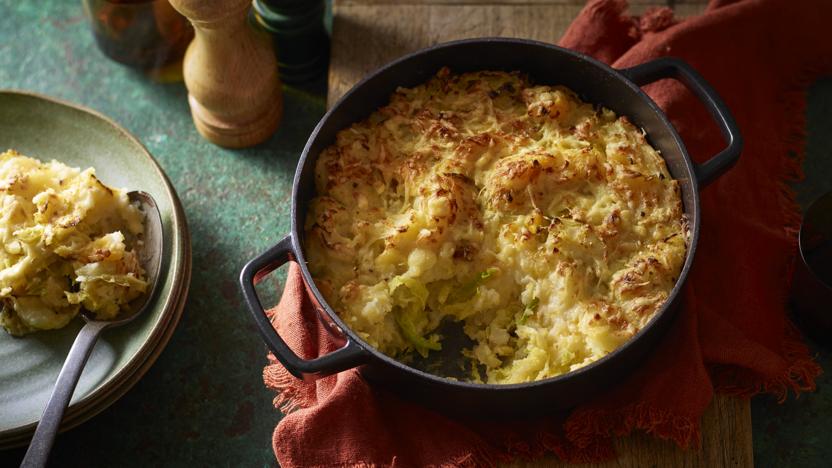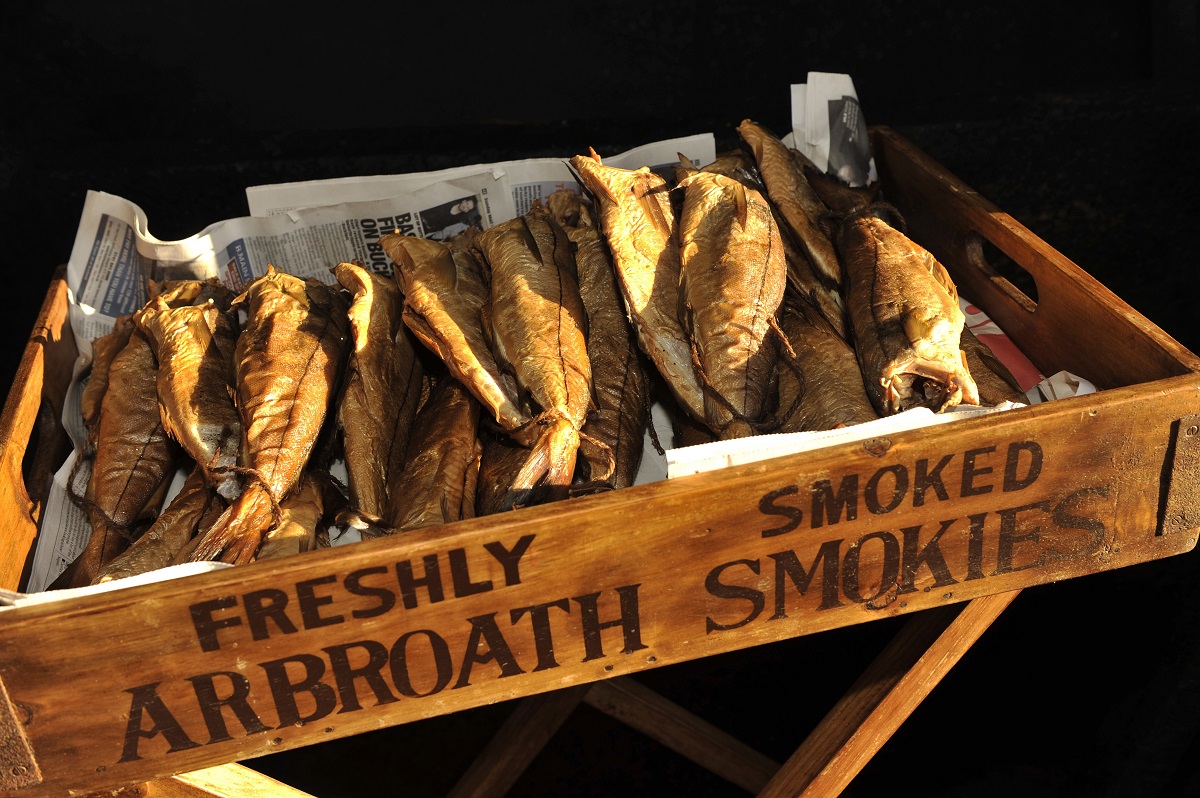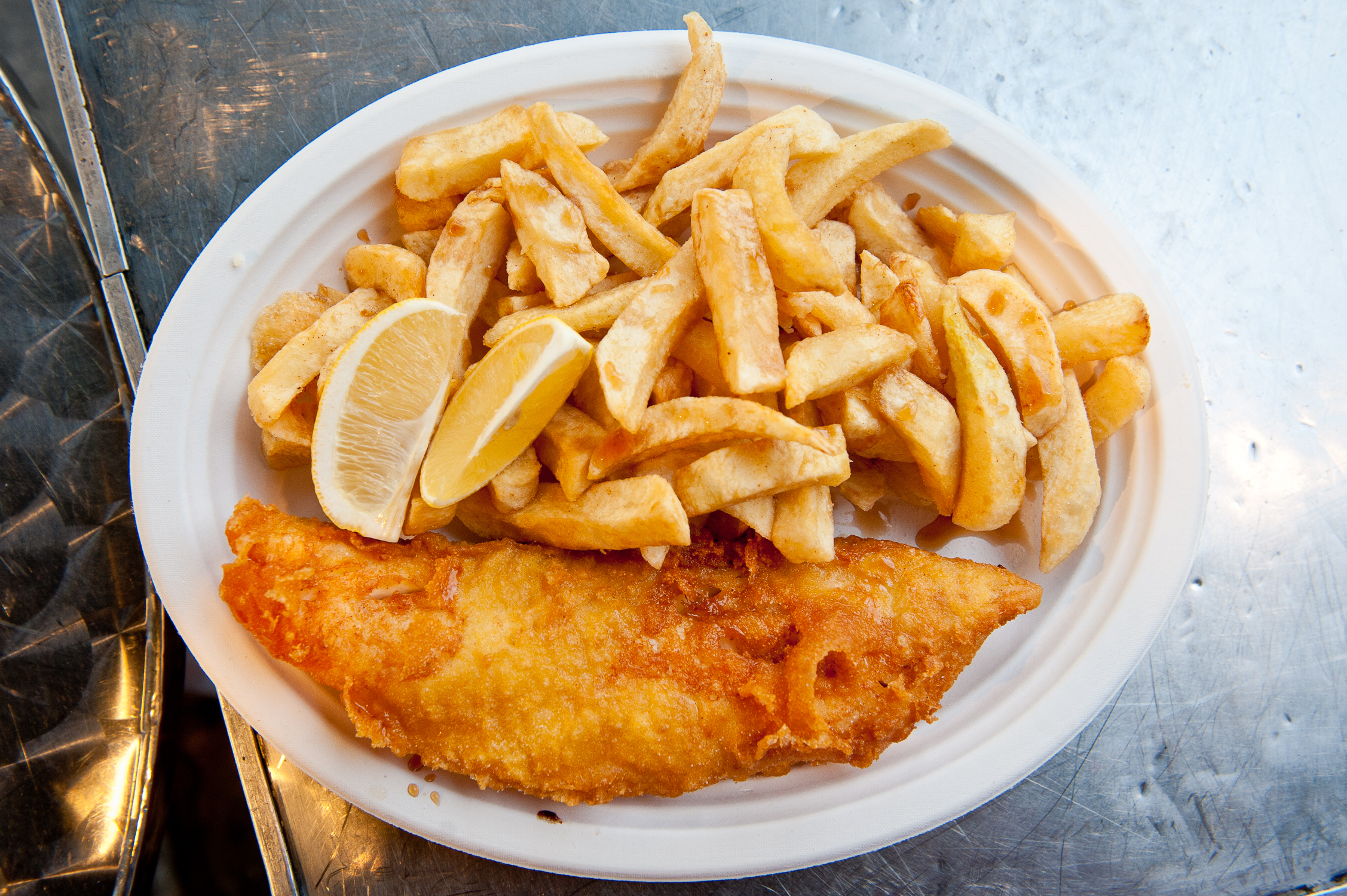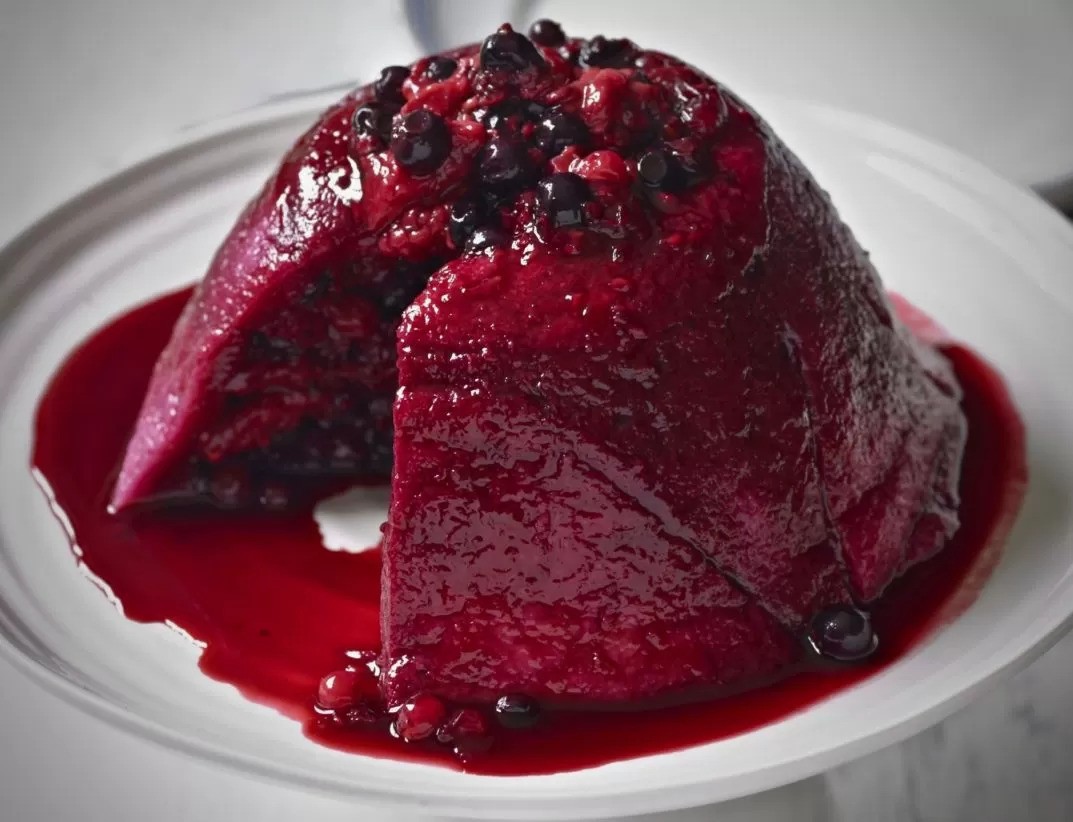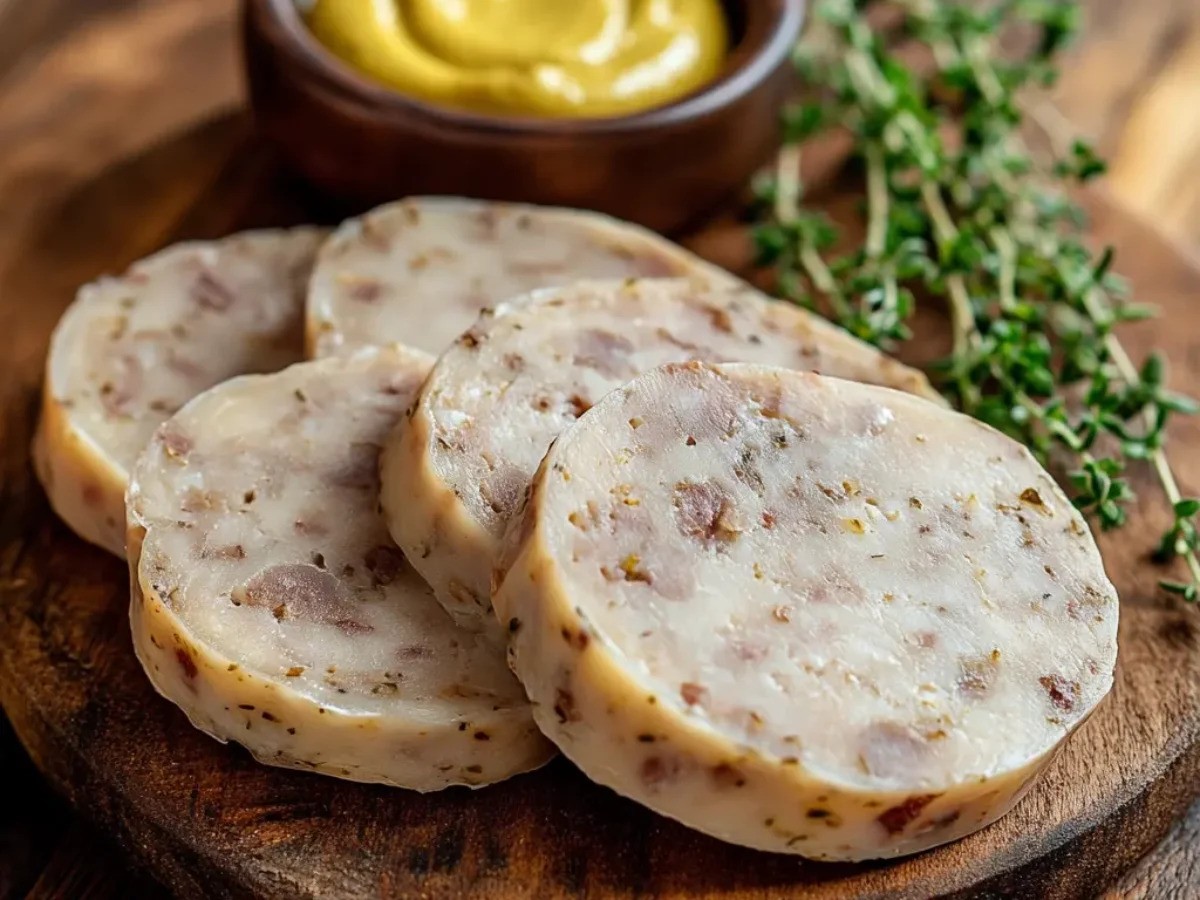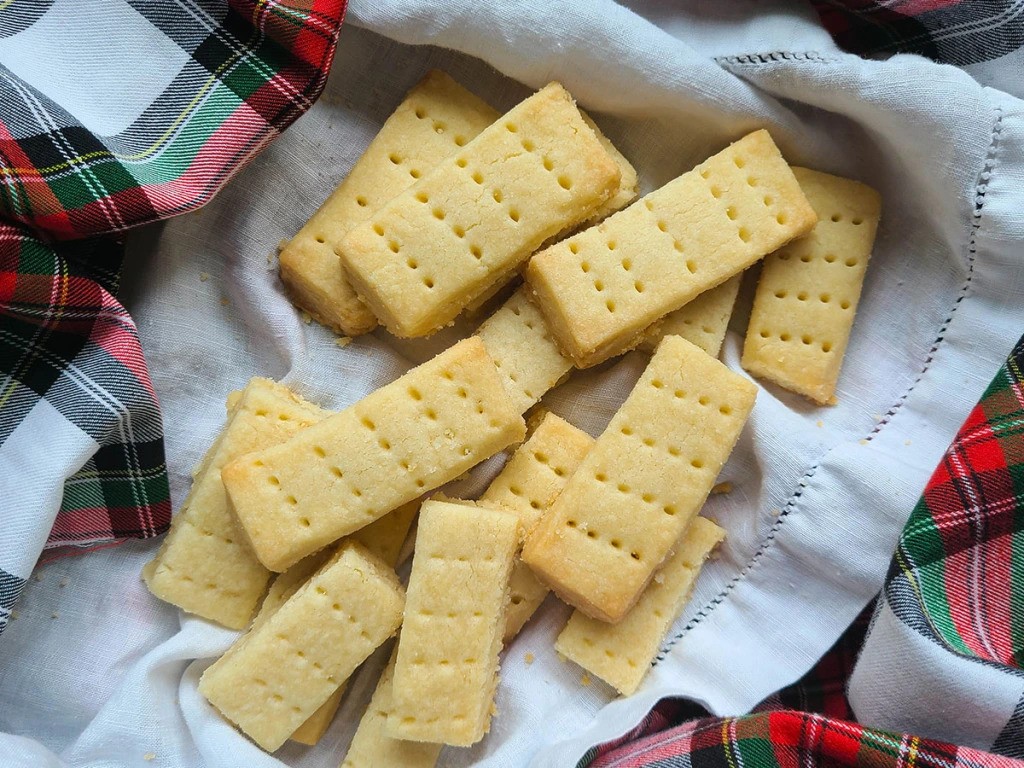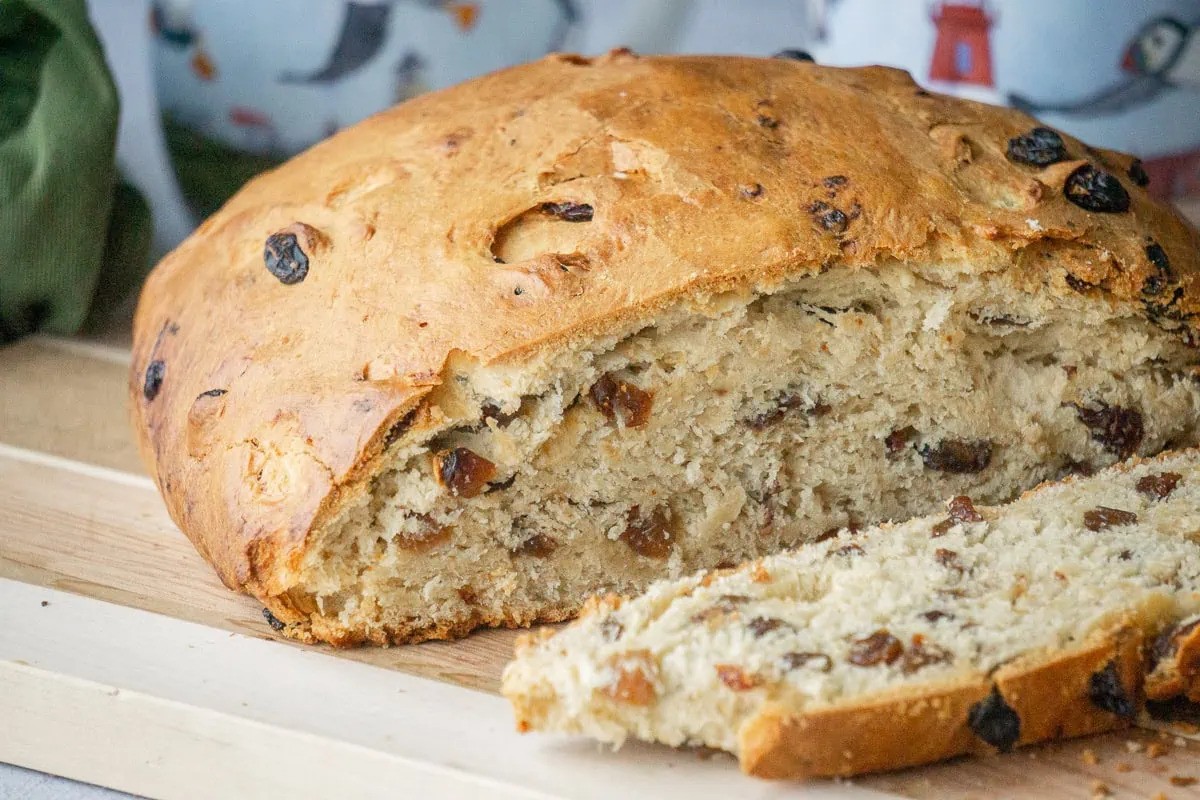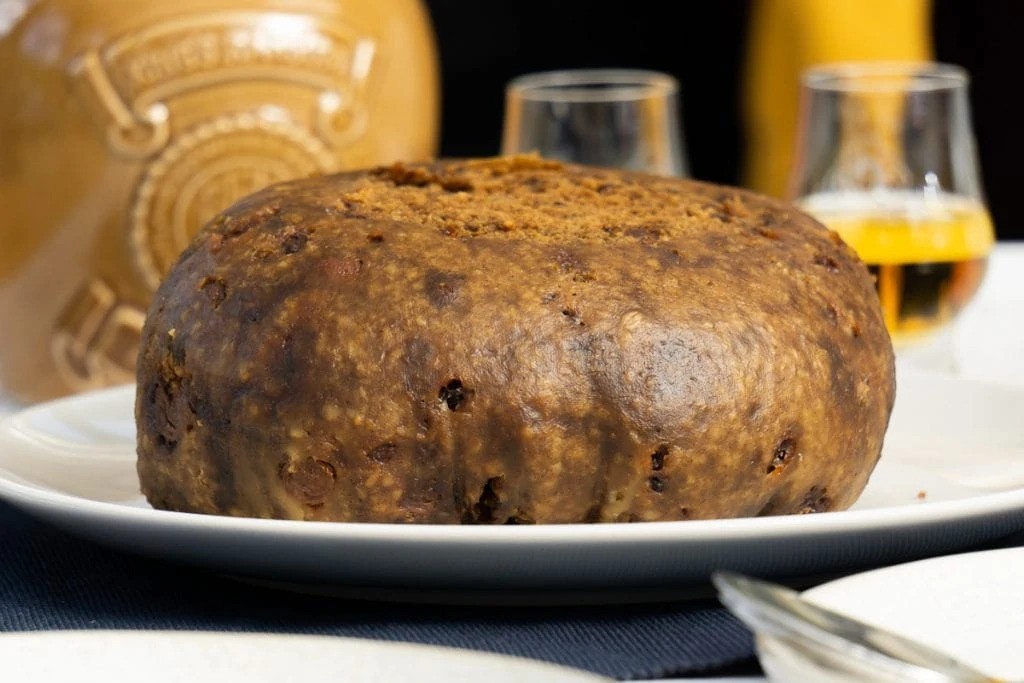Traditional Scottish Recipes | 30 Easy Classics Recipes To Try
Scotland’s food scene is a treasure trove of hearty, flavorful dishes rooted in history. Families have shared recipes for generations, each bite connecting you to the land’s traditions and tales. We’ll walk you through classic dishes that’ll excite your palate and warm your soul.
Author:Callum FraserNov 07, 20259.8K Shares224.6K Views
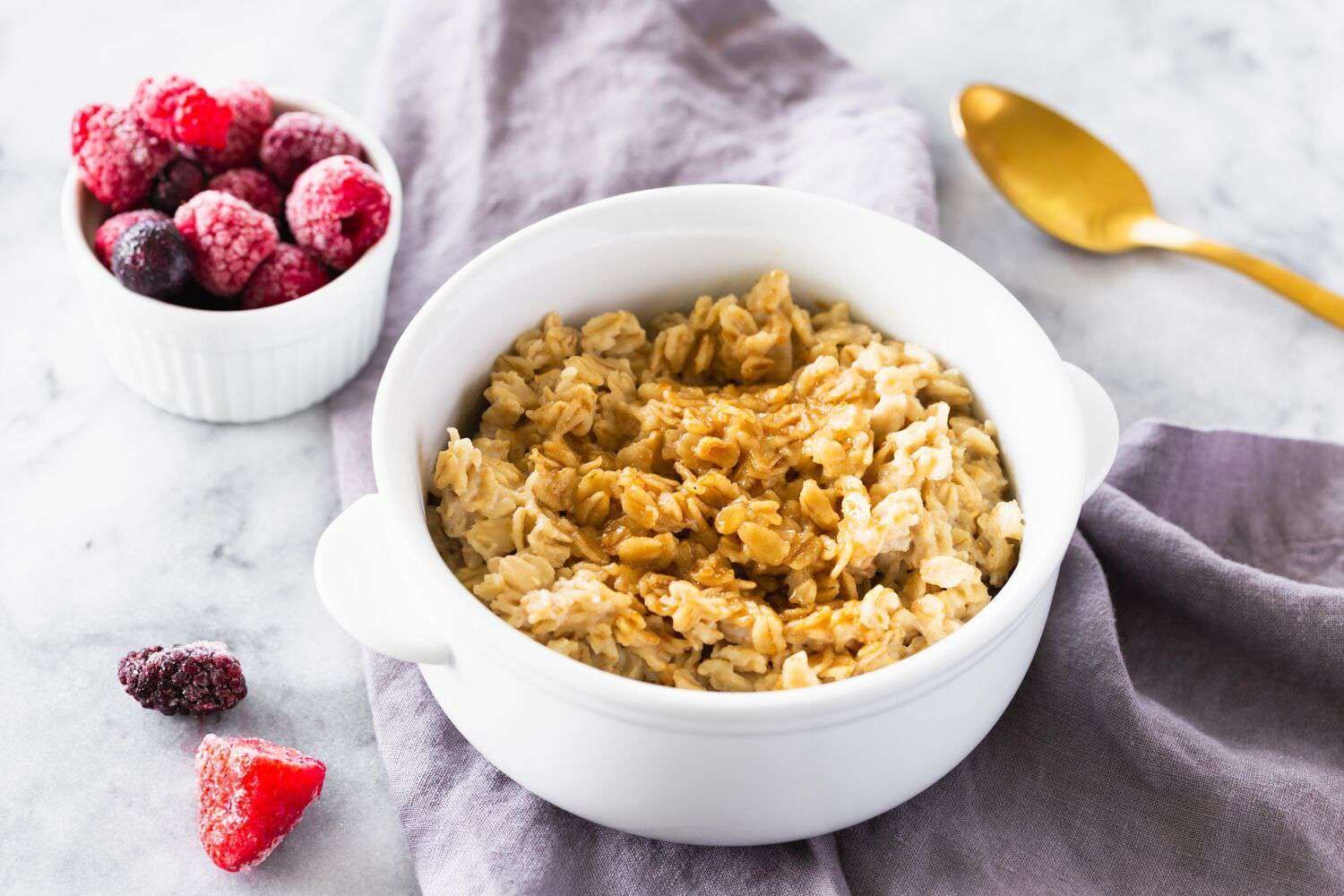
Scotland’s food culture is a true reflection of its wild landscapes, long history, and the resourcefulness of its people. For hundreds of years, Scottish food kept people going, starting as basic, filling meals made out of necessity and growing into a cuisine now loved around the world. This piece shares a handpicked selection of traditional Scottish dishes, letting you get to know the flavors and stories that shape Scotland’s food heritage.
1. Haggis
You’ve probably heard of haggis, but do you know what’s inside, It’s a savory pudding made by stuffing a sheep’s stomach with a mix of minced sheep organs (like heart, liver, and lungs), oatmeal, onions, suet, and spices. The ingredients are boiled together for hours, creating a rich, peppery dish.
While it sounds unusual, haggis is a point of pride in Scotland, often served at celebrations like Burns Night. It started as a practical meal for working folks but is now a symbol of Scottish culture. Some countries ban it due to the organs used, but Scots swear by its bold flavor.
2. Cullen Skink
This creamy soup is a Scottish favorite, made with smoked haddock, potatoes, onions, and a touch of cream. Originating from the town of Cullen, it’s richer and smokier than chowder. The name comes from an old Scots word for a cut of beef, though fish became the star when it was affordable. Locals love it so much they even hold a yearly competition to crown the best Cullen Skink.
3. Scotch Broth
A thick, comforting stew packed with barley, carrots, turnips, and lamb or beef. Scotch Broth has been around for ages, feeding people with simple, filling ingredients. Every family tweaks the recipe, adding lentils or swapping meats, but the heartiness stays the same. It’s the kind of meal that warms you up on a cold day and shows how Scottish cooking turns basics into something special.
4. Stovies
Stovies are all about cozy comfort. It comprises of potatoes, onions, and leftover roasted meat (like beef or sausage) slow-cooked into a creamy dish. The name comes from “stove bits,” as it’s made from Sunday roast leftovers. No two stovies recipes are the same, ask a dozen Scots, and you’ll get a dozen versions. It’s humble, tasty, and perfect for chilly nights.
5. Mince And Tatties
Mince and tatties is a no-fuss Scottish favorite, loved for generations. It’s minced beef served with mashed potatoes, often paired with veggies like turnips, peas, or carrots. Born from practicality, it uses ingredients that thrive in Scotland’s climate, making it affordable and filling. Its staying power comes from being both simple and satisfying.
In the 1900s, it became a go-to school meal because it was healthy and easy to cook for crowds. Many Scots grew up eating it, and today, it’s still a weekly staple for families. The dish isn’t just food, it’s a memory-maker, tied to childhoods and Scottish identity.
6. Cock-a-Leekie Soup
Cock-a-leekie soup is a timeless Scottish dish with roots stretching back centuries. At its core, it’s chicken and leeks simmered into a rich broth. Recipes vary by region, some add bacon, prunes, or spices, a nod to French influences from Scotland’s royal past.
Despite humble beginnings, this soup has lasted because it’s nourishing and adaptable. It shows how Scottish cooking blends practicality with borrowed ideas, creating something uniquely its own.
7. Scotch Pies
Scotch pies are small, crusty meat pies filled with spiced minced mutton or other meats. Eaten hot or cold, they’re a grab-and-go snack found in bakeries and takeaways nationwide. They’re a fixture at sports events, even crowned in an annual World Scotch Pie Championship.
Their sturdy pastry shell made them ideal for workers needing a durable, filling meal. Today, they’re more than food, they’re a symbol of Scottish pride, linking everyday life to shared traditions.
8. Black Pudding
Black pudding is a must-have in a full Scottish breakfast. Made from pork blood, oats, onions, and fat, it reflects a history of using every part of an animal, a practical approach from times when nothing went to waste.
Beyond breakfast, it’s battered and served with chips at local shops. The Stornoway version is so iconic it’s legally protected, ensuring its traditional recipe stays true to its roots. It’s proof that even the simplest foods can carry deep cultural weight.
9. Lorne Sausage
Lorne Sausage, or square sausage, is a classic Scottish breakfast favorite. Made from a mix of minced pork and beef, it’s spiced with coriander, nutmeg, pepper, and salt. Its square shape makes it easy to spot on a plate and practical for cooking, it browns evenly and fits well beside eggs, beans, or toast. Though named after the Lorne area in Argyll, the shape also helps with even griddle cooking. It’s a must-try for anyone sampling a full Scottish breakfast.
10. Beef Olives
Beef Olives are a Scottish dish with roots in the 1600s. Despite the name, they don’t contain olives. Instead, thin beef slices are rolled around a savory filling. Originally stuffed with pork sausage meat, today some versions use haggis, showing how recipes adapt over time. Slow-cooked in a rich gravy, they’re tender and flavorful.
11. Forfar Bridies
Forfar Bridies are Scottish hand pies from the town of Forfar. Filled with minced lamb or beef, onions, and spices like mace, they’re wrapped in flaky or hot-water crust pastry. Similar to Cornish pasties but with a distinct meat-and-onion filling, they were once portable meals for workers. Their name and recipe reflect local pride, proving even simple foods can become regional icons.
12. Rumbledethumps
Rumbledethumps hails from the Scottish Borders and is a clever way to use leftover mashed potatoes and veggies. This baked dish layers potatoes, cabbage, and onions into a comforting side, often paired with mains like roasted meats. It’s similar to Irish Colcannon, showing how neighboring cultures share practical, thrifty recipes. A warm, filling choice for chilly days.
13. Arbroath Smokies
Arbroath Smokies are smoked haddock from the coastal town of Arbroath. Legend ties their origin to a fishing village fire, but the method likely comes from Scandinavian traditions brought by Vikings. The fish are salted, dried, and smoked over hardwood in barrels, giving them a rich, flaky texture.
Protected by EU law for their unique recipe, they’re a prime example of how practical preservation techniques turned into a gourmet staple. Perfect on their own or in dishes like kedgeree.
14. Fish And Chips
Fish and chips, a classic British dish, holds a special spot in Scotland’s food culture, often called a “fish supper.” In Scotland, haddock is typically used instead of England’s cod, paired with thick-cut fries. Its roots trace back to Portuguese Jewish immigrants bringing fried fish to Britain, while chips likely originated in Belgium.
The dish boomed during the Industrial Revolution, with Italian immigrants opening “chippies” (fish-and-chip shops) across Scotland. Even Churchill praised fish suppers during WWII for boosting morale, showing how food can symbolize comfort in tough times.
15. Red Pudding
Red pudding is a savory treat from eastern Scotland, especially Fife. It’s a mix of minced beef, pork, suet, oats, and spices, shaped like a sausage, battered, and deep-fried. Often served with chips as a “red pudding supper,” it’s similar to a saveloy but uniquely Scottish. Once common, it’s now a rare find, highlighting how local dishes can fade as tastes change.
Related Reading: Scottish Bread And Butter Pudding Recipe
16. White Pudding
White pudding is a meaty dish made with oats, suet, onions, and sometimes pork, stuffed into a sausage casing. Unlike black pudding, it skips blood, making it milder. Historically, meat-free versions were eaten during Lent. Today, it’s a breakfast favorite or fried alongside chips. Its presence across the UK and Ireland ties to shared traditions of using every part of an animal.
17. Scottish Porridge
Scottish porridge, made from oats, water, and salt, dates back over 2,500 years. Stirred with a wooden spurtle, it’s been a dietary staple thanks to Scotland’s oat-rich farmland. Modern versions add sugar, fruit, or honey, but its simplicity and warmth keep it popular. It’s proof that basic ingredients can create lasting comfort food.
18. Tattie Scones
Tattie scones are flat, savory pancakes made from leftover mashed potatoes, flour, and butter. Quick to prepare, they’re a breakfast staple but work any time of day. Also called potato bread, they reflect Scotland’s knack for turning scraps into tasty meals.
19. Full Scottish Breakfast
This hearty meal includes eggs, bacon, sausages (like Lorne sausage), black pudding, tattie scones, beans, mushrooms, and tomatoes. Haggis sometimes joins the mix. Born during the Industrial Revolution, it fueled laborers through long shifts. Today, it’s a flavorful snapshot of Scotland’s culinary traditions, all on one plate.
20. Scottish Oatcakes
For centuries, oatcakes have been Scotland’s go-to bread, as central to meals as the baguette is in France. Made mostly from oats, they’re simple to whip up and have been a key part of Scottish meals for ages, showing how oats are a staple grain there.
They’re great as a quick snack or paired with cheese, smoked salmon, or tangy chutney. Their flexibility shows how a humble food can fit into daily life and celebrations alike, proving its lasting appeal.
21. Scottish Shortbread
Scottish shortbread is all about rich, buttery flavor and a melt-in-your-mouth texture. It started as a medieval “biscuit bread” made from leftover dough that was dried out. Over time, bakers swapped yeast for butter, creating the treat we know today.
Once a pricey treat saved for holidays like Christmas or weddings, it was even broken over a bride’s head for good luck. Mary, Queen of Scots, loved a thinner version called “Petticoat Tails.” These traditions show how food is tied to Scottish culture, bringing luck and celebration to big life moments.
22. Dundee Cake
This fruitcake is famous for its almond-topped design and roots in Dundee. Legend says local marmalade makers added leftover orange peel to the recipe, giving it a citrus kick.
Though linked to Christmas, it’s enjoyed year-round. The mix of dried fruit and citrus hints at Scotland’s trading past, when new ingredients inspired bakers to experiment. It’s a sweet example of how tradition and innovation blend in Scottish kitchens.
23. Empire Biscuit
This biscuit stacks two buttery shortbread rounds with raspberry jam, topped with white icing and a cherry. Originally named “German biscuit,” its title shifted during World War I due to anti-German feelings.
While Scottish in origin, it’s a hit in places like Northern Ireland and New Zealand, where it’s called a “Belgian biscuit.” Still a bakery favorite, it’s a go-to for afternoon tea, a little slice of nostalgia with every bite.
24. Selkirk Bannock
Selkirk Bannock, a fluffy, butter-rich fruit bread, hails from the Scottish Borders town of Selkirk. Packed with raisins and made from wheat flour, its origins trace back to 1859 when baker Robert Douglas tweaked leftover bread dough by adding sultanas, sugar, and butter. Queen Victoria’s fondness for it during a 1867 visit to Abbotsford House boosted its fame, turning a local treat into a national favorite.
The secret to its rich flavor is a slow fermentation process up to 24 hours and careful temperature control. This old-school method shows that top-notch Scottish baking isn’t just about ingredients but patience and skill.
25. Cranachan
Cranachan is a classic Scottish dessert tied to celebrations like Christmas and Burns Night. Think of it as a mix of whipped cream, Scotch whisky, honey, toasted oats, and fresh raspberries, layered for a rich flavor. Guests often build their own servings, which shows the fresh ingredients and lets everyone savor Scotland’s top-quality raspberries and whisky. The name comes from the Gaelic word for “churn,” and older recipes sometimes used cheese instead of cream.
26. Scottish Tablet
Scottish Tablet is a firm, grainy candy distinct from fudge. Made with sugar, condensed milk, and butter, it’s cooked until it crystallizes into a crumbly texture. Flavors like vanilla or whisky are common, and it’s a hit in shops or homemade batches.
Early versions used just sugar and cream, but modern recipes add milk and butter to avoid burning, showing how traditions adapt for practicality. For those seeking low-sugar snacks for diabetics, modern adaptations now use sugar substitutes like stevia or erythritol, allowing this classic treat to be enjoyed while managing dietary needs.
27. Clootie Dumpling
Clootie Dumpling is a dense, fruity pudding steamed in a cloth (“cloot”), a method from pre-oven days. It’s packed with dried fruit, spices, and sometimes treacle, with regional twists like Fife’s treacle addition. Families shape it by smacking the dough, and hidden charms inside bring luck. A winter favorite, it’s tied to Hogmanay and Burns Night, blending food with folklore.
28. Edinburgh Rock
Edinburgh Rock isn’t your average hard candy. It’s soft, crumbly, and shaped into sticks, flavored with peppermint, raspberry, or ginger. Legend says it was discovered by accident in the 1800s and is now a nostalgic treat found in vintage shops and tourist spots.
29. Deep-Fried Mars Bar
Invented in 1992 by a Stonehaven chip shop, this treat is exactly what it sounds like, a Mars Bar dipped in batter and deep-fried. It’s gooey, crispy, and sold in fish-and-chip shops across Scotland. Though modern, it’s become a quirky symbol of Scottish indulgence, reflecting a love for deep-fried creativity.
30. Soor Plooms
“Soor Plooms” (Scots for “sour plums”) are sharp, neon-green candies from Galashiels. They honor a 1337 battle where locals defeated English raiders caught eating unripe plums. The town motto even references them, proving how a simple sweet can embody local pride and history.
FAQs About Scottish Cuisine
What Is Scotland's National Dish And Why Is It Significant?
Haggis is Scotland’s national dish, celebrated as a symbol of Scottish pride. It’s made from sheep’s heart, liver, and lungs mixed with oats, spices, and suet, all cooked inside a sheep’s stomach. Originally, it was a practical meal for poorer communities, using parts of the animal that might otherwise go to waste. Poet Robert Burns helped cement its status by calling it the “great chieftain o’ the puddin’-race” in his work.
How Has Scottish Cuisine Evolved Through History?
Scottish food has changed over centuries, shaped by local ingredients and outside influences. Early Scots relied on oats, barley, and wild game. Vikings brought smoking and salting techniques, while French chefs in the 16th century added fancy sauces. Later, global trade introduced potatoes, spices, and tea. The Industrial Revolution popularized hearty meals like the Full Scottish Breakfast.
Are There Notable Regional Variations In Traditional Scottish Food?
Different regions have their own specialties. Cullen Skink, a creamy smoked haddock soup, comes from the town of Cullen. Forfar Bridies are savory meat pastries from Forfar, and Aberdeenshire is known for buttery rolls called “Rowies.” Fife’s Red Pudding (a spiced meat sausage) is a chip shop staple.
What Role Do Oats Play In Scottish Culinary Traditions?
Oats are a staple in Scottish cooking. They’re used in porridge, a breakfast tradition dating back thousands of years, and in oatcakes, often called Scotland’s “national bread.” Oats also bulk up dishes like haggis and black pudding. Their versatility, nutrition, and ability to grow in Scotland’s climate made them vital for survival, and they remain a key part of the diet today.
How Do Scottish Food Traditions Reflect The Country's Culture?
Scottish food mirrors the country’s practicality, history, and connection to the land. Dishes like stovies (a potato-based dish) or cullen skink shows reliance on local, hearty ingredients. Celebrations like Burns Night with haggis and Hogmanay featuring clootie dumpling tie food to national pride. Even modern twists on classics, like deep-fried Mars bars, show Scots’ creativity and humor.
Where Can One Experience Authentic Scottish Food Today?
Authentic Scottish food is everywhere! Start with a B&B for a traditional breakfast of porridge or a full Scottish. Restaurants serve classics like Cullen Skink or haggis, neeps, and tatties. Farmers’ markets offer fresh local produce, cheese, and artisan goods. For a casual bite, hit a “chippy” (fish and chip shop) for haggis burgers or deep-fried Mars bars.
Final Words
Scottish food isn’t just about recipes, it’s a living history of the country, shaped by its people’s creativity and resilience. Every dish carries tales of how people adapted, celebrated, and stayed connected to the land. Hearty stews, comforting breakfasts, and unique desserts all weave together a food culture that’s still loved and passed down today.
Over time, these dishes have changed with the economy, mixing of cultures, and everyday needs, showing how Scotland’s food traditions keep evolving. This isn’t just about filling plates, it’s a source of pride, a way toshow regional differences, and a reminder of shared stories.
Also Check Out: Famous Scottish Desserts You Need To Try
Jump to
1. Haggis
2. Cullen Skink
3. Scotch Broth
4. Stovies
5. Mince And Tatties
6. Cock-a-Leekie Soup
7. Scotch Pies
8. Black Pudding
9. Lorne Sausage
10. Beef Olives
11. Forfar Bridies
12. Rumbledethumps
13. Arbroath Smokies
14. Fish And Chips
15. Red Pudding
16. White Pudding
17. Scottish Porridge
18. Tattie Scones
19. Full Scottish Breakfast
20. Scottish Oatcakes
21. Scottish Shortbread
22. Dundee Cake
23. Empire Biscuit
24. Selkirk Bannock
25. Cranachan
26. Scottish Tablet
27. Clootie Dumpling
28. Edinburgh Rock
29. Deep-Fried Mars Bar
30. Soor Plooms
FAQs About Scottish Cuisine
Final Words

Callum Fraser
Author
Callum Fraser isn't just a writer about Scotland; he's a product of its rugged landscape and rich history. Born and raised in Perthshire, with the Highlands as his backyard, his love for the nation's stories was kindled by local storytellers and long walks through ancient glens.
This passion led him to pursue a degree in Scottish History from the University of Edinburgh. For over 15 years, Callum has dedicated himself to exploring and documenting his homeland, fusing his academic knowledge with essential, on-the-ground experience gained from charting road trips through the Cairngorms, hiking the misty Cuillins of Skye, and uncovering the secrets of traditional recipes in his family's kitchen.
As the Editor-in-Chief and Lead Author for Scotland's Enchanting Kingdom, Callum's mission is simple: to be your most trusted guide. He combines meticulous research with a storyteller's heart to help you discover the authentic magic of Scotland — from its best-kept travel secrets to its most cherished traditional recipes.
Latest Articles
Popular Articles
